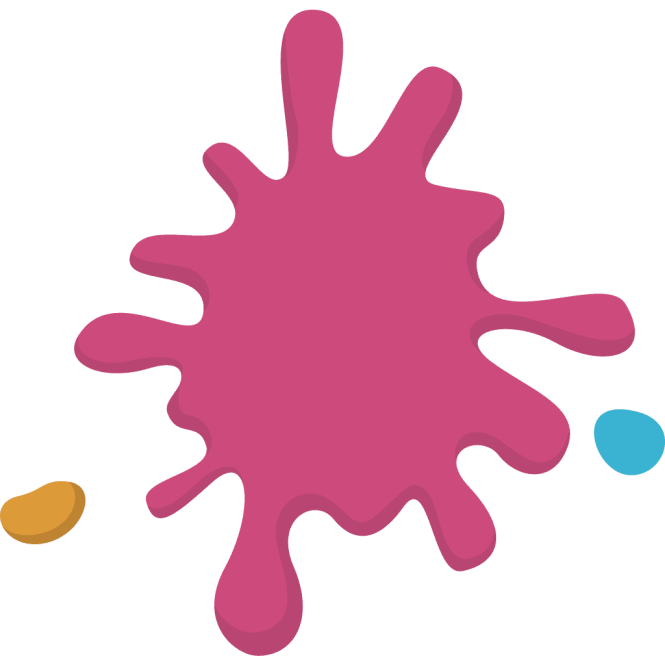

Essential painting techniques are the cornerstone for any aspiring painter. They provide the foundational knowledge and practical skills necessary to embark on a creative journey. From mastering color mixing to understanding brushstrokes, these techniques unlock your artistic potential and transform your ideas into vibrant, tangible works of art. Many beginners face the challenge of knowing where to start, feeling overwhelmed by the sheer volume of information available. This article will clear up the confusion by outlining essential techniques for various painting mediums, such as oil, watercolor, and acrylic painting. It will cover fundamental skills, and provide practical steps to improve your techniques, empowering you to create captivating artwork. We will guide you through each technique, providing visual aids and examples, ensuring a hands-on learning experience. This article is structured into several sections, each dedicated to a different technique.
Understanding the Fundamentals of Color Mixing
The Importance of Color Theory
Color mixing is a cornerstone in painting. Understanding color theory allows artists to create a wide spectrum of hues. By understanding the color wheel and the relationships between colors, artists can create harmonious and vibrant paintings. Color theory is not just about mixing colors on the palette, but also about understanding how colors interact with one another in terms of temperature, value, and saturation. This knowledge is crucial for achieving a realistic or expressive effect. For instance, mixing complementary colors produces a rich depth, while mixing analogous colors results in a harmonious, unified palette. Color theory provides a systematic approach to understanding how colors work together. For beginners, using a color wheel chart can be a helpful tool to visualize color relationships and make color mixing less intimidating. This structured approach to mixing will ultimately ensure that the final outcome is harmonious. The foundation of good color mixing is accurate color perception. Knowing which colors to use and in what proportions is essential to creating the desired effect.
Mastering Brushstrokes and Techniques
Different Brushstrokes for Different Effects
Brushstrokes play a vital role in painting, influencing the overall texture, style, and mood of a piece. Different brushstrokes can create varying effects, such as smoothness, roughness, or looseness. Experimenting with various brushstrokes is essential to understanding how each one contributes to the final artwork. The choice of brushstroke depends heavily on the desired outcome. For example, a smooth, even brushstroke might work well for a realistic landscape painting, whereas a more textured or expressive brushstroke might be suitable for an abstract piece. The fundamental techniques also include the ways in which colors interact with each other on the canvas. Understanding how different colors react to each other in various combinations is critical. This understanding will be paramount in creating compelling pieces. A meticulous approach to understanding the fundamentals is instrumental in mastering the art of painting.
Painting with Oils, Watercolors, and Acrylics: A Medium-Specific Approach
Essential Techniques for Each Medium
Different painting mediums, like oils, watercolors, and acrylics, have distinct characteristics and require different techniques. Oil paints, known for their rich depth and slow-drying nature, allow for layering and blending. Watercolors, on the other hand, are renowned for their transparency and delicate effects. Acrylics, a versatile option, offer a blend of oil and watercolor properties, allowing artists more control and quicker drying times. Each medium has its unique set of challenges and rewards for beginners. The best approach to mastering techniques is through consistent practice and experimentation. Studying the works of renowned artists, especially those who use the same medium, can provide valuable inspiration and guidance. Techniques for each medium are different, but the fundamentals such as mixing colors, brushstroke variations, and composition remain consistent. Understanding the unique characteristics of each medium, and the appropriate techniques, is key for creating effective artwork.
Composition and Design Principles
Creating Visual Interest and Balance
Composition is the arrangement of elements within a painting. Effective composition creates visual interest and draws the viewer’s eye to key areas of the artwork. Techniques like the rule of thirds, leading lines, and symmetry are valuable tools in achieving a well-balanced and dynamic composition. By understanding these rules, beginners can effectively guide the viewer’s gaze and convey their desired message. The rule of thirds is a common guideline, where the canvas is divided into nine equal sections, placing key elements along these lines or intersections to create visual appeal and dynamism. Mastering composition is essential, not only for improving the aesthetic value of the artwork but also for conveying the intended message through the visual structure.
Choosing Your Subject Matter and Developing Your Style
Experimenting with Different Themes and Styles
The subject matter for your painting significantly influences the techniques and approaches used. Beginners can start with simpler subjects, such as still life arrangements, portraits, landscapes, or abstract forms. Practicing and refining skills with simple subjects can give a solid foundation to experiment with more complex subjects later. The choice of subject matter also leads to exploring different styles. Through consistent practice, artists can discover their unique painting style and enhance their artistic expression. The exploration of different styles can lead to experimentation with color palettes and brushstrokes, which ultimately influences the final piece’s aesthetic.
In conclusion, mastering essential painting techniques empowers beginners to create stunning artworks. From understanding foundational elements like color mixing and brushstrokes to experimenting with different painting styles, the journey is one of continuous learning and artistic growth. By practicing these techniques diligently and seeking inspiration from various artists, you can elevate your painting skills significantly. Ready to embark on your painting adventure? Explore our comprehensive online courses to elevate your techniques further. Visit [link to your website/course] to discover more.